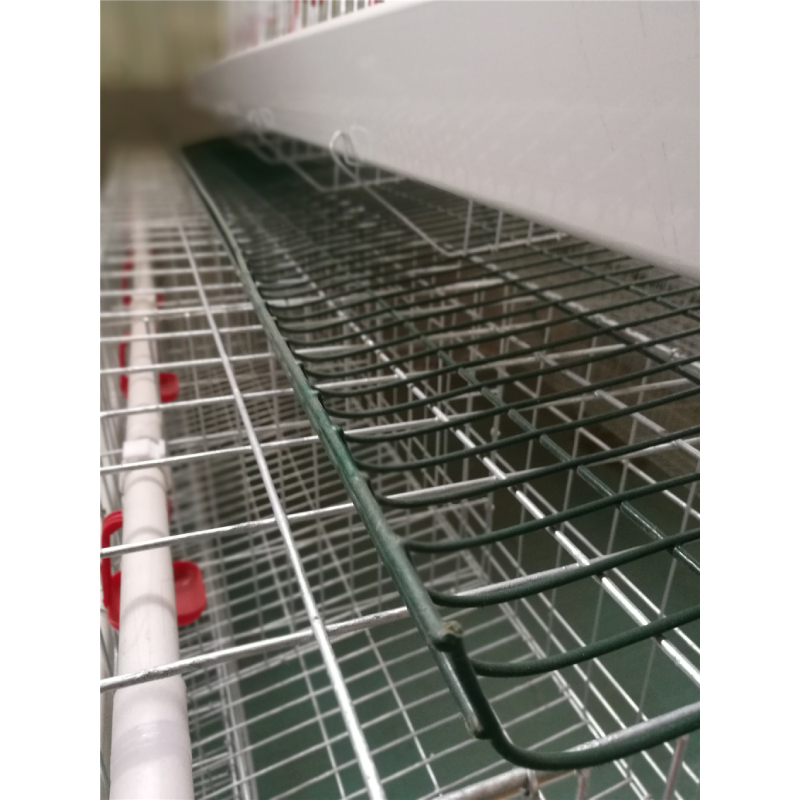chicken feather plucker machine
Jan . 02, 2025 05:16 Back to list
chicken feather plucker machine
Chicken Feather Plucker Machine Revolutionizing Poultry Processing
The poultry industry has undergone significant transformations over the years, driven by technological advancements that enhance efficiency, productivity, and hygiene. One of the most notable innovations is the chicken feather plucker machine, a tool designed to automate the process of feather removal from chickens after slaughter. This machine not only saves time and labor but also improves the overall quality of poultry processing.
Understanding the Process
Traditionally, plucking feathers from chickens was a labor-intensive task, requiring skilled workers to manually remove the feathers after the birds were killed and scalded. This method was not only time-consuming but also posed health risks, as it increased the chance of contamination and injury. The introduction of the chicken feather plucker machine has addressed these issues by utilizing a mechanized approach that streamlines the plucking process.
How Does It Work?
A typical chicken feather plucker machine consists of a rotating drum covered with rubber fingers or pins. After the chickens are scalded in hot water to loosen the feathers, they are placed inside the machine. As the drum spins, the rubber fingers grab the feathers and pull them out, effectively removing the plumage while minimizing damage to the skin. The machine can process multiple birds simultaneously, significantly reducing the time required for feather removal compared to manual methods.
The efficiency of these machines is not solely about speed; they are also designed to ensure a high standard of sanitation. With lower human intervention, the risk of contamination during processing is diminished. This is particularly important given the stringent health regulations governing the poultry industry.
Benefits of Chicken Feather Plucker Machines
1. Increased Efficiency The most significant advantage of feather plucker machines is their ability to process chickens at a much faster rate than manual methods. This increased efficiency allows poultry producers to meet the growing demand for chicken products without compromising quality.
chicken feather plucker machine

2. Labor Cost Savings By automating the feather removal process, businesses can reduce their reliance on manual labor. This not only lowers labor costs but also allows workers to focus on other essential tasks within the processing facility.
3. Improved Hygiene Standards Automation leads to enhanced hygiene in the processing environment. With fewer workers involved in handling the birds, there is a reduced risk of contamination, which is crucial for maintaining food safety.
4. Consistency and Quality Feather plucker machines are designed to provide consistent results, ensuring that each chicken is processed uniformly. This consistency is vital for meeting consumer expectations and complying with industry standards.
5. Versatility Many modern feather plucker machines can accommodate different bird sizes, including ducks and turkeys, making them versatile tools for various poultry processing operations.
Considerations When Choosing a Machine
When selecting a chicken feather plucker machine, several factors should be taken into account. These include the machine’s capacity, the size and species of the birds it can process, ease of maintenance, and the initial investment cost. Additionally, potential buyers should consider the reputation of the manufacturer and the availability of customer support and warranty services.
Conclusion
The chicken feather plucker machine represents a significant advancement in poultry processing technology. Its ability to enhance efficiency, reduce labor costs, and improve hygiene standards makes it an invaluable asset for poultry producers worldwide. As the demand for poultry products continues to rise, investing in such innovative machinery will be crucial for businesses looking to remain competitive in the market. With ongoing advancements in technology, the future of poultry processing appears bright, with the chicken feather plucker machine at the forefront of this transformation. Embracing these changes not only benefits producers but also contributes to a more sustainable food industry, where quality and safety are paramount.
-
High Performance Exhaust Fan – Efficient Ventilation Solutions for Home
NewsJun.10,2025
-
High-Quality Gestation Pen for Sows Durable Mobile Pig Pen & Simple Pig Pen Solutions
NewsJun.10,2025
-
High Quality Rabbit Cage Double Tier Designs & Welded Wire Mesh Supplier
NewsJun.10,2025
-
Floating Fish Feed Machine - High Efficiency Floating Fish Feed Extruder for Small Scale Production
NewsJun.10,2025
-
Premium Poultry Housing Solutions Mobile & Commercial Free Range Options
NewsJun.10,2025
-
Industrial FRP Fans Corrosion-Resistant Blades & Centrifugal Systems
NewsJun.09,2025






